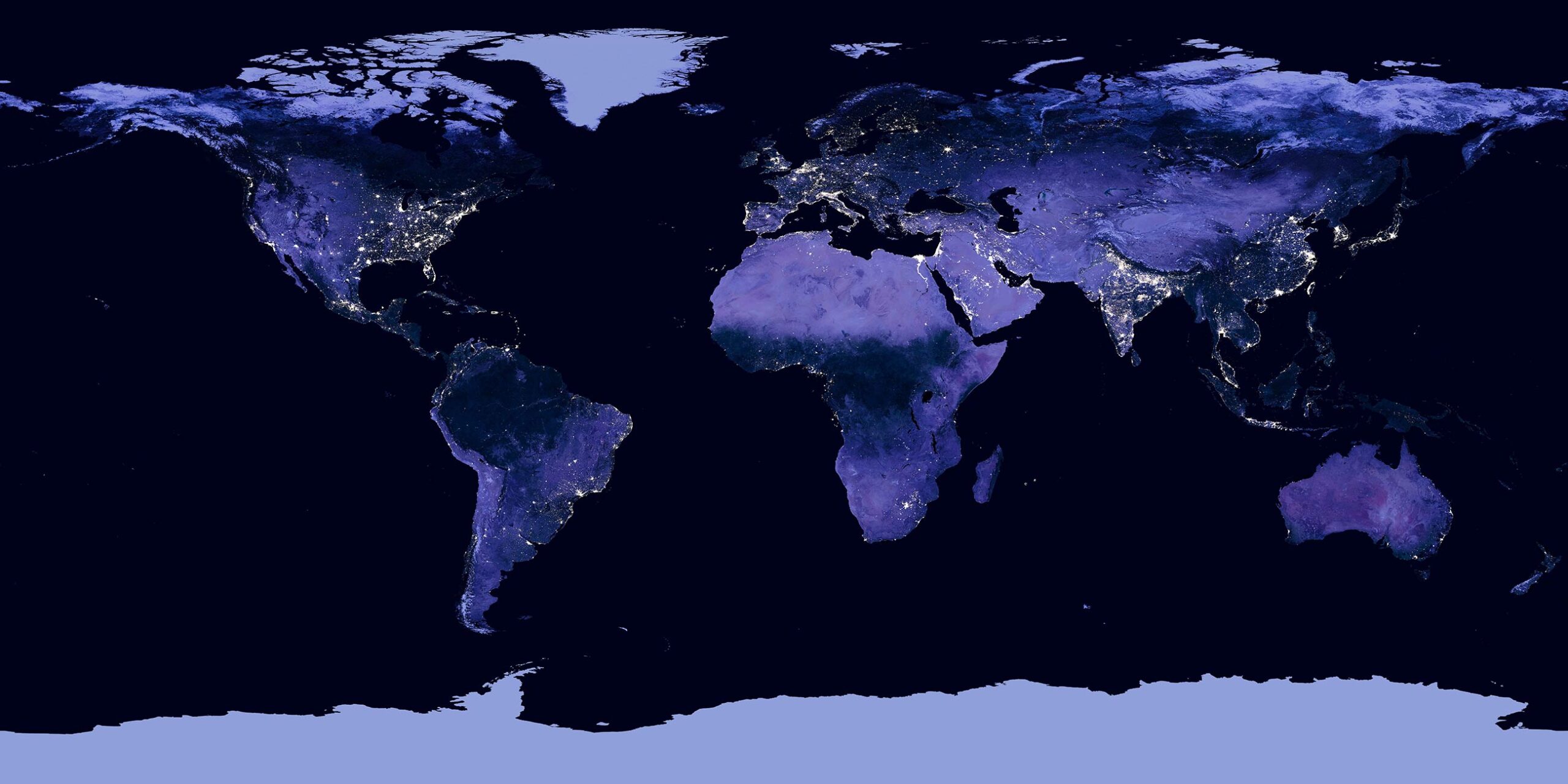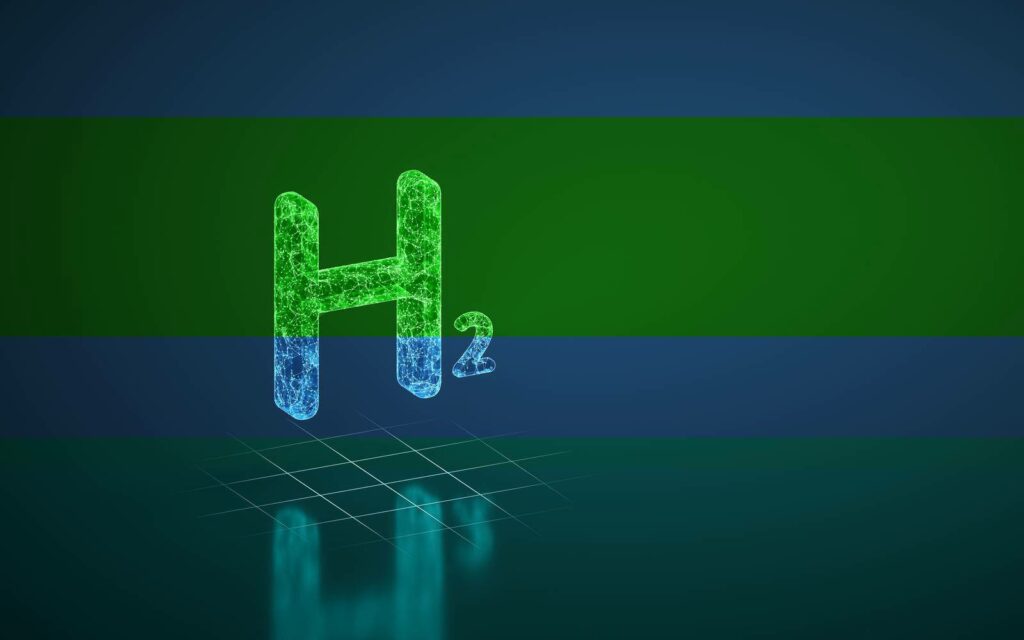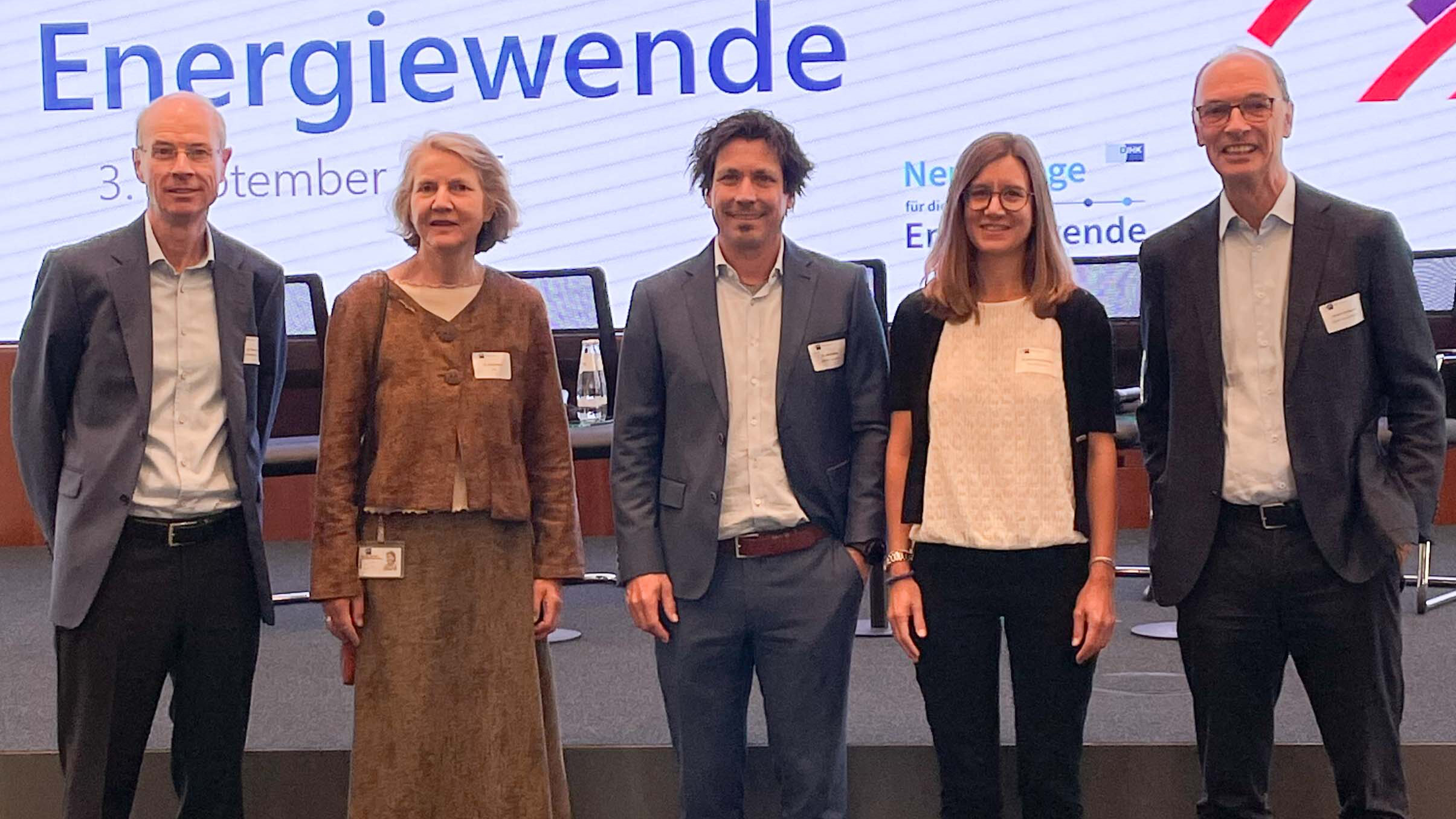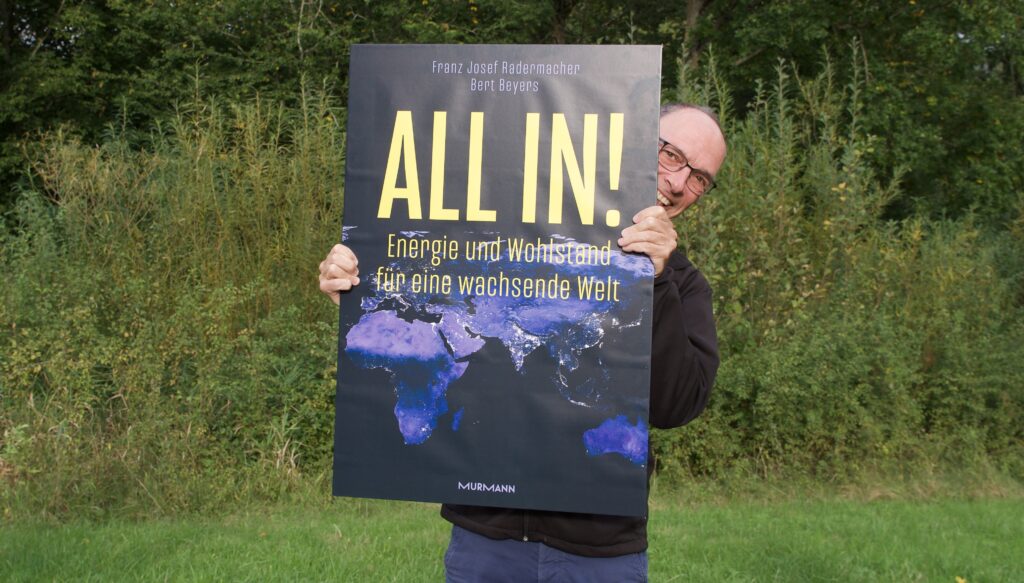According to the common hydrogen colour theory, green hydrogen is produced by water electrolysis. Only electricity from renewable sources is used in this process. Grey hydrogen is usually produced from natural gas. It is broken down into hydrogen and CO2 by heat (steam reforming). In the process, CO2 is released into the atmosphere. Blue hydrogen is grey hydrogen. However, the CO2 produced is captured and stored in the process (CCS). Turquoise hydrogen is produced during the thermal splitting of methane (methane pyrolysis). Instead of CO2, solid carbon is produced. GES considers the prevailing colour theory to be problematic. Especially because the protagonists of electrolysis hydrogen want to monopolise the term green. What is important, however, is the largely climate-neutral nature of hydrogen, not its colour. Much of what can be achieved today with expensive green hydrogen will probably be possible and cheaper via blue hydrogen produced from natural gas in combination with CCS.
Share this post:





